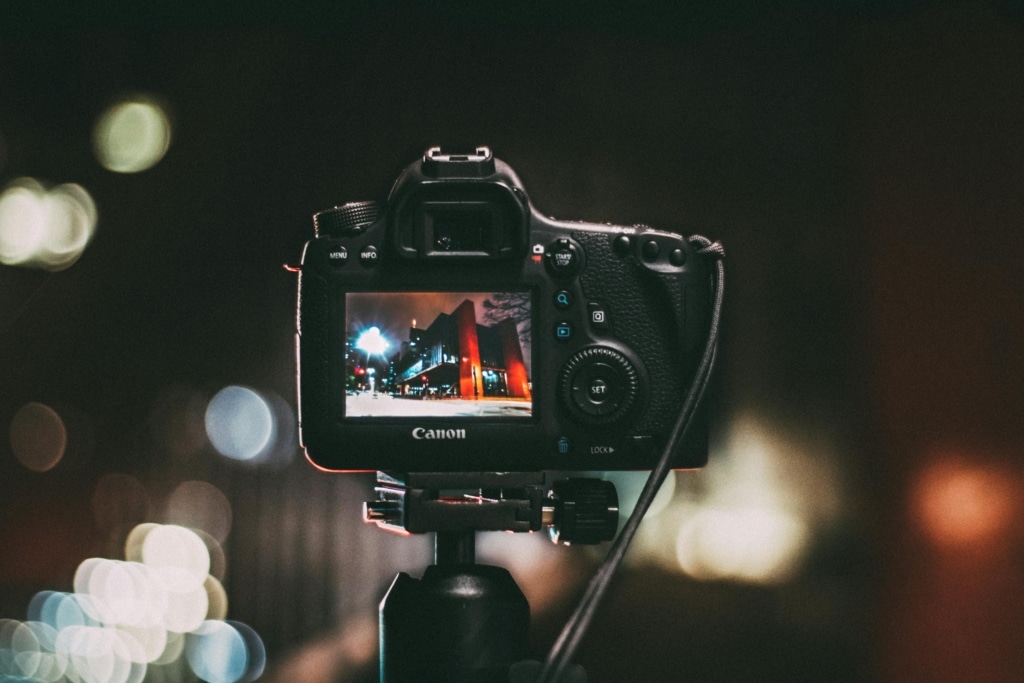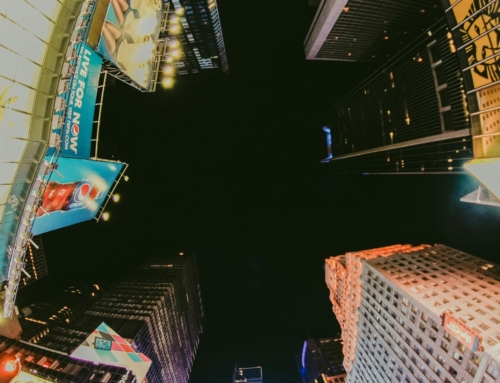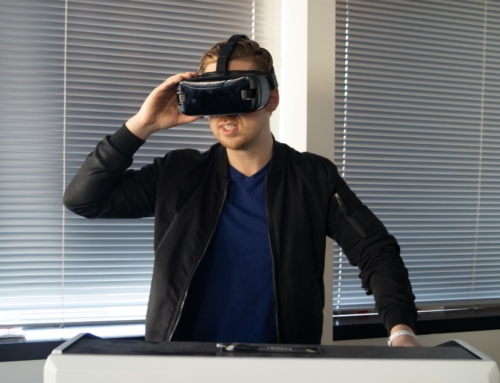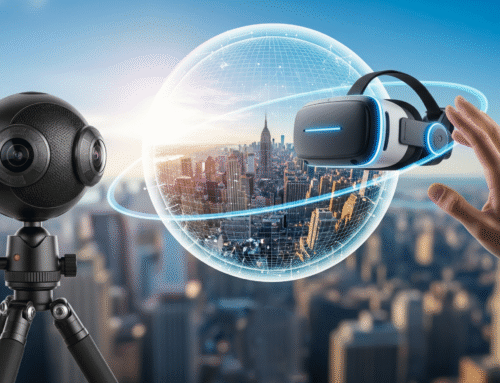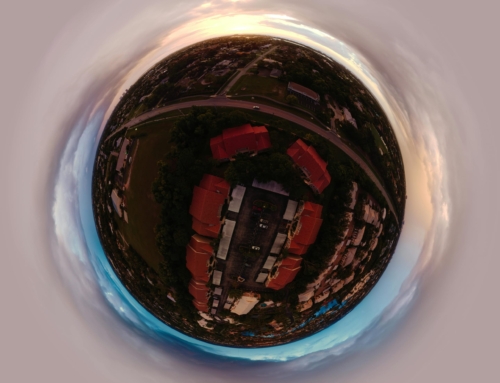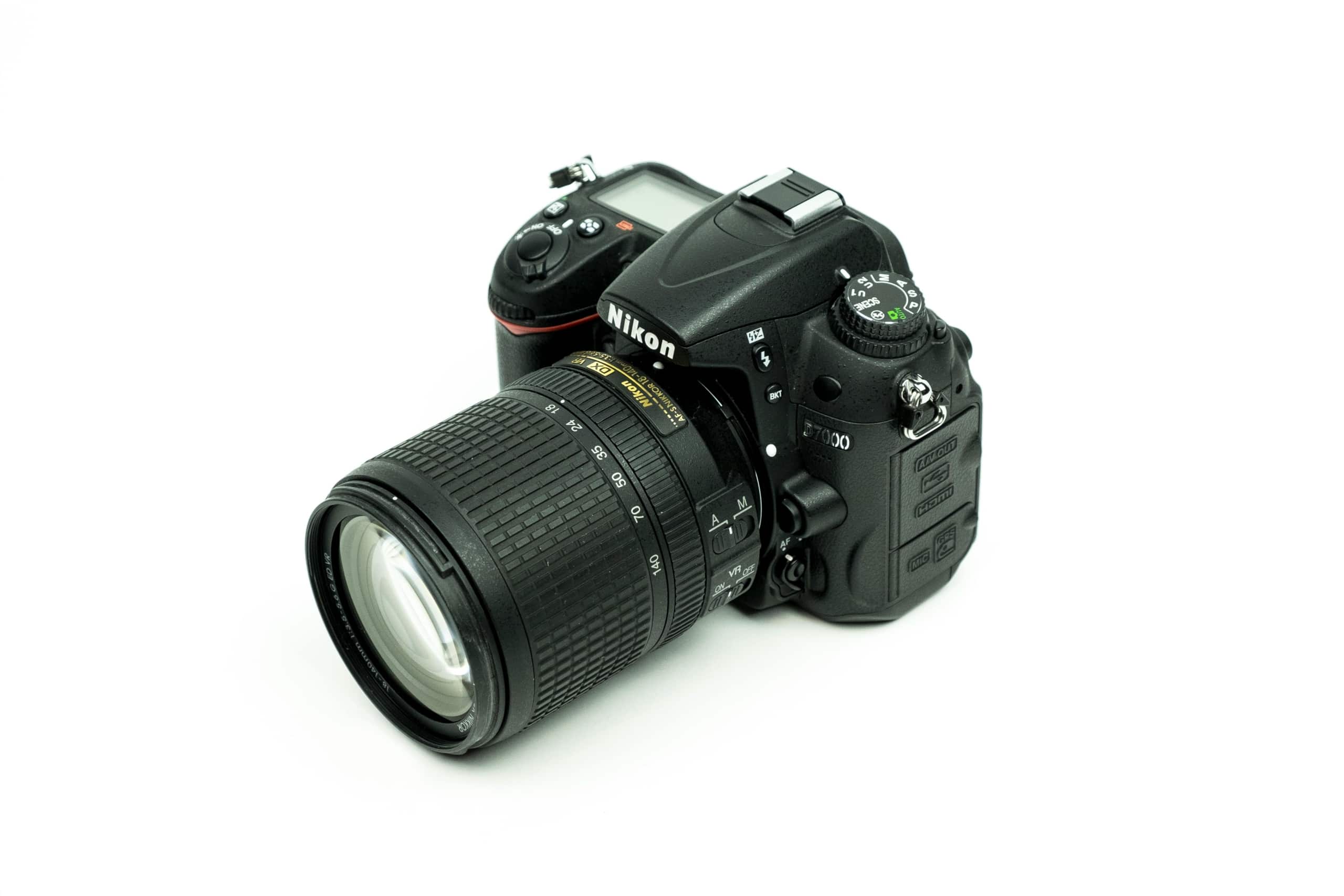
360 Photography vs Virtual Tours: What’s the Difference?
When businesses start exploring immersive online experiences, they often encounter confusing terminology around 360 photography and virtual tours. While these terms are sometimes used interchangeably, they represent different technologies with distinct capabilities and business applications. Understanding the difference between 360 photography and virtual tours is crucial for making the right investment in your business’s online presence.
Many business owners assume that 360 photos and virtual tours are the same thing, but this misconception can lead to disappointing results and missed opportunities. Let’s explore the key differences, advantages, and use cases for each technology to help you choose the right solution for your business needs.
What is 360 Photography?
360° photography captures a complete spherical view from a single point, allowing viewers to look in all directions – up, down, and around – from that specific location. Think of it as a single panoramic photo that wraps completely around the viewer, creating an immersive “you are here” experience.
360° photos are static captures that show one specific moment in time from one particular viewpoint. Viewers can rotate their view to see different angles, but they cannot move to different locations within the space. It’s like standing in one spot and being able to turn your head in any direction.
This technology works well for showcasing individual rooms or specific viewpoints where the goal is to give viewers a comprehensive look at a particular space from a fixed position. Many social media platforms and websites support 360° photo viewing, making them easy to share and embed.
What are Virtual Tours?
Virtual tours are comprehensive, interactive experiences that connect multiple 360 photographs or rendered spaces to create a walkable, explorable environment. Rather than viewing a single location, virtual tours allow users to move from room to room, following a logical path through an entire building or property.
Virtual tours combine navigation, multimedia elements, and interactive features to create guided experiences. Users can “walk” through spaces by clicking navigation points, view floor plans, access additional information through hotspots, and often integrate with other business systems like booking platforms or e-commerce.
The key distinction is movement and connectivity. While 360 photography shows you what’s around you from one spot, virtual tours let you actually move through and explore an entire space, just like you would during a physical visit.
Key Differences Between 360 Photography and Virtual Tours
Navigation and Movement
360 Photography: Viewers remain in one fixed location and can only rotate their view. There’s no ability to move to different areas or rooms.
Virtual Tours: Users can navigate between multiple connected locations, following pathways through an entire building or property. Movement feels natural and intuitive, simulating a real walking experience.
Scope and Coverage
360° Photography: Limited to single viewpoints or individual rooms. Each 360° photo exists as a standalone experience.
Virtual Tours: Comprehensive coverage of entire properties or businesses. Multiple rooms, outdoor areas, and different levels can all be connected in one cohesive experience.
Interactive Features
360° Photography: Generally limited to basic viewing controls – rotating, zooming, and sometimes hotspots for additional information.
Virtual Tours: Rich interactive features including floor plans, multimedia integration, information hotspots, measurement tools, and integration with business systems like booking platforms.
User Engagement
360° Photography: Shorter engagement times as users quickly exhaust the viewing options from a single position.
Virtual Tours: Longer engagement times as users explore multiple areas and interactive features. The journey through the space maintains interest and provides comprehensive understanding.
Technical Implementation
360° Photography: Simpler to create and implement. Individual photos can be easily embedded in websites and shared on social platforms.
Virtual Tours: More complex creation process requiring specialized software to connect multiple viewpoints and add interactive elements. Professional hosting and optimization typically required.
When to Use 360° Photography
360° photography works best in specific scenarios where comprehensive spatial understanding isn’t necessary:
Product Showcases
Retail businesses can use 360° photography to showcase specific products or displays from all angles. This works particularly well for highlighting featured merchandise or seasonal displays.
Event Documentation
Capturing special events, grand openings, or seasonal decorations with 360° photography provides immersive documentation without the complexity of full virtual tours.
Social Media Marketing
360° photos perform exceptionally well on social media platforms like Facebook and Instagram, where they automatically play as users scroll through feeds.
Quick Space Previews
For businesses with single-room operations or those wanting to provide quick previews without full virtual tour investment, 360 photography offers an affordable entry point.
Specific Viewpoint Highlights
Some businesses have signature views or photo opportunities that are best captured from specific positions. 360° photography excels at showcasing these special vantage points.
When Virtual Tours Are the Better Choice
Virtual tours provide superior value for businesses where comprehensive space understanding drives customer decisions:
Real Estate and Property Marketing
Property buyers and renters need to understand how spaces connect, flow, and function together. Virtual tours provide the comprehensive exploration that 360 photography cannot match.
Hospitality and Event Venues
Hotels, restaurants, and event venues benefit from virtual tours that show how guests move through different areas – from lobbies to rooms to dining spaces to event halls.
Retail and Showroom Experiences
Large retail spaces, furniture showrooms, and multi-department stores need virtual tours to help customers understand layout, navigation, and the full scope of offerings.
Healthcare and Educational Facilities
Patients and students benefit from virtual tours that reduce anxiety by showing them exactly what to expect and how to navigate complex facilities.
Business-to-Business Services
Companies selling to other businesses often need to showcase their entire operation, from customer areas to production facilities to quality control processes.
Technical Quality Considerations
360 Photography Quality Factors
Resolution: Higher resolution 360° photos provide clearer, more detailed viewing experiences but require more bandwidth and processing power.
Stitching Quality: Professional 360 photography requires expert stitching to avoid visible seams or distortion in the final image.
Lighting Consistency: Proper exposure and color balance across the entire 360° sphere requires advanced photography techniques.
Virtual Tour Quality Factors
Navigation Smoothness: Professional virtual tours provide seamless transitions between viewpoints without jarring jumps or disorientation.
Loading Performance: Optimized virtual tours load quickly on all devices while maintaining high visual quality.
Mobile Compatibility: Modern virtual tours must function perfectly on smartphones and tablets where most users will access them.
Interactive Responsiveness: Hotspots, floor plans, and multimedia elements should respond immediately to user interactions.
Cost and ROI Differences
360 Photography Investment
360° photography typically requires lower upfront investment and can be created more quickly. However, the limited functionality may reduce long-term value and user engagement compared to full virtual tours.
For businesses with simple spaces or limited budgets, 360° photography provides an entry point into immersive marketing without significant investment.
Virtual Tour Investment
Virtual tours require higher initial investment but provide significantly greater functionality, user engagement, and long-term marketing value. The comprehensive nature of virtual tours typically generates better ROI through increased customer confidence and conversion rates.
Professional virtual tours also tend to have longer useful lifespans since they provide more comprehensive business value that justifies ongoing hosting and maintenance costs.
SEO and Marketing Impact
360° Photography SEO Benefits
360° photos can improve website engagement metrics and social media performance. They’re easily shareable and tend to generate higher interaction rates than static images.
However, the limited engagement time and functionality mean 360° photos have less impact on crucial SEO metrics like dwell time and conversion rates.
Virtual Tour SEO Advantages
Virtual tours significantly outperform 360° photography for SEO purposes. The longer engagement times, reduced bounce rates, and higher conversion rates all send positive signals to search engines.
Virtual tours also provide more opportunities for keyword optimization through interactive elements, descriptions, and integrated content that 360 photography cannot match.
Making the Right Choice for Your Business
The decision between 360 photography and virtual tours depends on your specific business needs, budget, and customer expectations:
Choose 360° Photography if you have:
- Limited budget for immersive content
- Single-room or simple spaces
- Need for quick social media content
- Products or displays that benefit from all-angle viewing
Choose Virtual Tours if you have:
- Multi-room or complex spaces
- Customers who need comprehensive space understanding
- Goal of maximizing online engagement and conversions
- Budget for professional, long-term marketing investment
Professional Implementation Matters
Whether you choose 360 photography or virtual tours, professional implementation is crucial for achieving business results. Poor quality immersive content can actually harm your business reputation rather than enhancing it.
Our comprehensive virtual tour service starts at just $99 per month and includes everything needed for professional results:
- High-quality 360 photography as the foundation
- Professional virtual tour creation with smooth navigation
- Mobile optimization for all devices
- Integration with your existing website and marketing
- Ongoing hosting, maintenance, and updates
- Analytics tracking to measure performance
We can also provide standalone 360 photography solutions for businesses that need simpler immersive content without full virtual tour functionality.
The Future of Immersive Business Marketing
Both 360° photography and virtual tours will continue evolving with advancing technology. However, the trend clearly favors comprehensive virtual tour experiences as customer expectations for online business exploration continue rising.
Businesses that invest in full virtual tour capabilities position themselves ahead of competitors still relying on static photos or limited 360° photography. The comprehensive nature of virtual tours provides more flexibility for future enhancements and integration with emerging technologies.
Ready to explore immersive marketing for your business? Contact us today to discuss whether 360° photography or full virtual tours best meet your specific needs and budget. Our team can help you choose the right solution and implement it professionally to maximize your return on investment.
